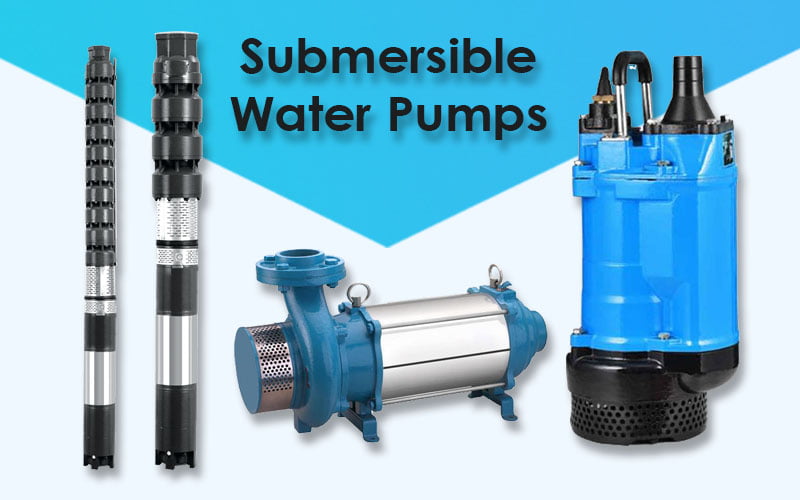
Have you ever wondered how water magically gets pumped out of wells or flooded basements? The answer lies in the remarkable technology of submersible water pump. In this comprehensive guide, we’ll dive deep into the world of submersible water pumps, exploring their functions, applications, and maintenance. Whether you’re a homeowner, farmer, or business owner, understanding these pumps can save you time, money, and stress.
A submersible water pump is a remarkable device designed to operate while completely submerged in water. Unlike conventional pumps that sit outside a liquid source, these pumps are specifically engineered for underwater applications. Their hermetically sealed structure prevents water from entering the pump, ensuring efficient and reliable operation.
Picture this: a pump submerged underwater, quietly pushing water upwards. This ingenious mechanism is powered by a motor located within the pump’s casing. As the motor runs, it drives an impeller, a rotating component with curved blades. The spinning impeller creates a low-pressure zone, causing water to rush in. The water is then pushed upwards through a pipe and into your desired location. It’s like nature’s own elevator for water!
Submersible pumps come in various flavors to suit different needs. Here are the primary types:
Submersible water pumps are versatile tools with a wide range of applications:
Why choose submersible pumps over their traditional counterparts? Let’s compare:
Selecting the right pump involves considering factors like flow rate, head pressure, and pump material. Consult experts or use online calculators to determine the perfect fit for your needs.
Before installation, gather all necessary tools and materials. Follow these general steps:
Remember, For a successful installation please consult a professional.
Regular maintenance ensures your submersible pump’s longevity. Perform these tasks periodically:
Submersible pumps outshine traditional pumps in several aspects:
| Aspect | Submersible Pumps | Traditional Pumps |
|---|---|---|
| Installation | Submerged | Above ground |
| Noise | Quieter | Louder |
| Maintenance | Easier | More complex |
| Efficiency | Higher | Lower |
Submersible pumps boast impressive energy efficiency, resulting in reduced electricity bills. Their ability to operate at lower RPMs contributes to the cost savings.
The environmentally friendly design of submersible pumps minimizes their ecological footprint. Additionally, energy efficiency and durable construction contribute to sustainable water management.
Advancements in technology continue to enhance submersible pumps:
Submersible water pumps are the unsung heroes of water management. Whether it’s preventing floods, irrigating fields, or sustaining aquatic life, these pumps play a vital role. Knowing about their functions, benefits, and maintenance, you’re ready to make informed decisions about water management.
A: Yes, basically submersible pumps are designed for continuous operation.
A: With proper maintenance, submersible pumps can last 15-20 years.
A: While it’s possible, consulting a professional is recommended for optimal results.
A: Absolutely! Submersible pumps are known for their energy efficiency.
A: Check for debris or mechanical issues. If the problem persists, consult a technician.
Recommended other topics: Drone Camera-Capturing the Skies from a New Perspective










© InfoDoot. All Rights Reserved.